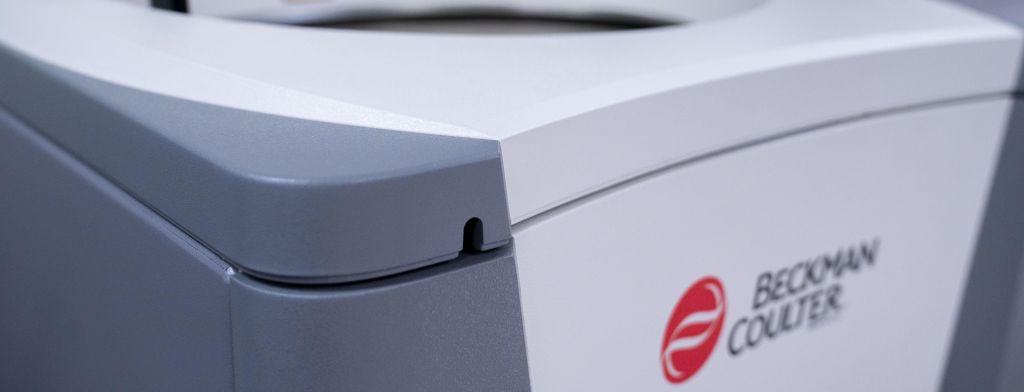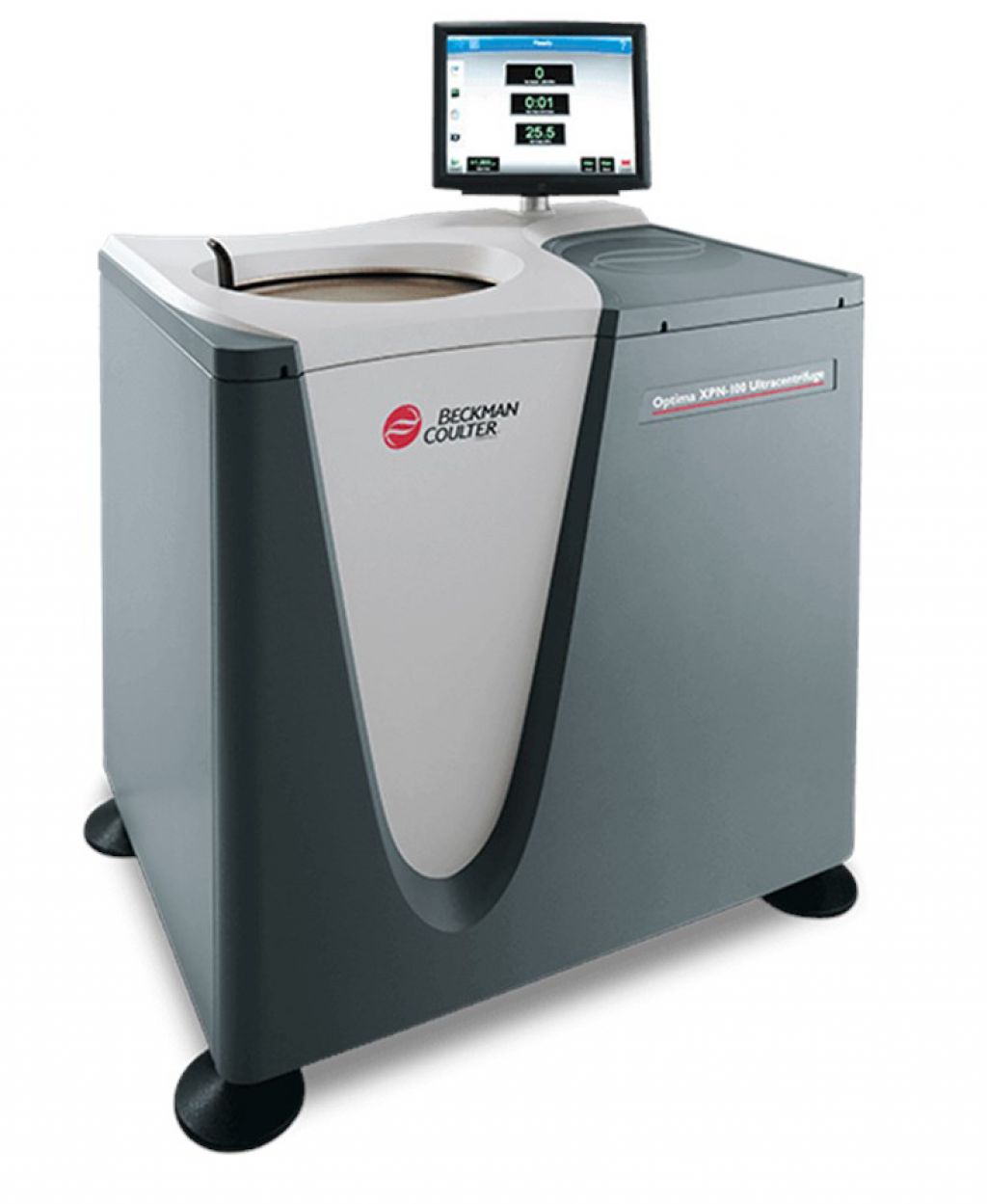
Analytical ultracentrifugation (AUC) is the most versatile, rigorous and accurate means for determining the hydrodynamic shape, size, molar mass and binding thermodynamics of any macromolecule and its complexes.

Uses
Parameters measured from a single SV-AUC sample
- Sedimentation coefficient (for each macromolecule present)
- Diffusion coefficient (averaged for the entire solution; can be derived with 2D analysis)
- Frictional coefficient (averaged for the entire solution; can be derived with 2D analysis)
- Molar Mass estimates for each species
Parameters that can be obtained through multiple SV-AUC cells (spun simultaneously)
- Oligomerization propensity of each macromolecule, through a concentration series
- Demonstration of an interaction between macromolecules, through a concentration series of the two species. This can also be used to determine binding kinetics including Kd values and thermodynamics of the interaction
Specifications
| Fastest Data Acquisition Rate | ABS: <7sec/sector INT: <5sec/scan |
| Max # of Wavelengths | 20 |
| Wavelength Precision | ± 0.5nm |
| Lowest Radial Resolution | 10µm |
| Absorbance Flash Lamp Frequency | 300 Hz |
| CCD Camera Specifications | 2048 x 1088 pixels |
| Interference Fringes | 10 fringes/cell |
| Usable Concentration Ranges | ABS: .005-2mg/mL INT: .025-5mg/mL BSA |
| Operating System | LINUX remote GUI |
| Sample Temperature range | 0-40°C |
Details
Multi-wavelength analytical ultracentrifugation (MW-AUC) is a recent development made possible by new optical systems. MW-AUC extends the basic hydrodynamic information content of AUC and provides access to a wide range of new applications for biopolymer characterization, and is poised to become an essential analytical tool to study macromolecular interactions.
Acknowledgement
Research reported here is supported by the NIH grant S10 OD032215-01 for the Optima AUC, to Dr. Neela Yennawar, X-ray Crystallography core facility, Penn State Huck Institutes of the Life Science